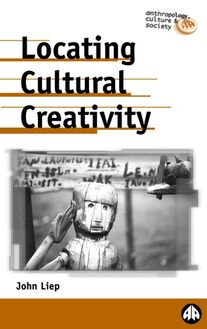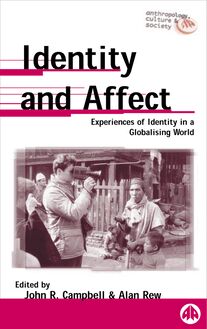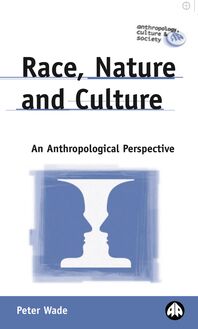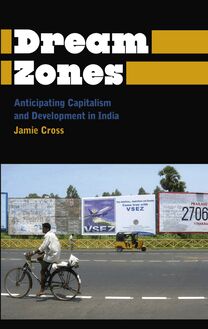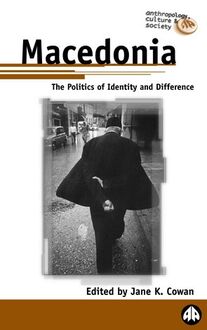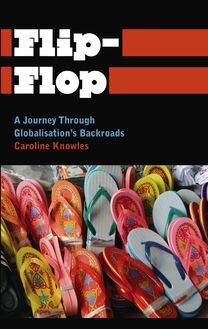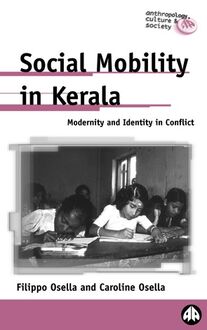Locating Cultural Creativity , livre ebook
186
pages
English
Ebooks
2001
Obtenez un accès à la bibliothèque pour le consulter en ligne En savoir plus
Découvre YouScribe en t'inscrivant gratuitement
Découvre YouScribe en t'inscrivant gratuitement
186
pages
English
Ebooks
2001
Obtenez un accès à la bibliothèque pour le consulter en ligne En savoir plus
Publié par
Date de parution
20 février 2001
Nombre de lectures
3
EAN13
9781849641012
Langue
English
Poids de l'ouvrage
1 Mo
Case studies include youth subcultures in Europe; experimental theatre derived from the Brazilian candomblé dance; the role of memory in mythology among the Pukapukan of Polynesia; the evolution of football and polo in Argentina; gender relations in Algerian raï music; the notion of authenticity in artistic movements in Zanzibar; traditional and modern practices of the Lio in Indonesia; and kula exchange and social movements in the Trobriand Islands in the Pacific.
Contributors
Introduction by John Liep
Acknowledgments
Part I: CREATIVITY IN ACTION AND ANALYSIS
1. Creative Arguments of Images in Culture, and the Charnel House of Conventionality by James Fernandez
2. Othello's Dance: Cultural Creativity and Human Agency by Kirsten Hastrup
3. The Iron Cage of Creativity. An Exploration by Jonathan Friedman
4. Wondering about Wutu by Robert Borofsky
5. Celebrating Creativity: On the Slanting of a Concept by Orvar Löfgren
6. The Construction of Authenticity: The Case of Subcultures by Rolf Lindner
Part II: LOCALIZED CREATIVE PROCESSES
7. Nationalism, Football and Polo: Tradition and Creolization in the Making of Modern Argentina by Eduardo Archetti
8. The 'Playing' of Music in a State of Crisis: Gender and Raï Music in Algeria by Marc Schade-Poulsen
9. Creative Commoditization: the Social Life of Pharmaceuticals by Susan Reynolds Whyte
10. Escaping Cultures: the Paradox of Cultural Creativity by David Parkin
11. Recontextualizing Tradition: 'Religion', 'State' and 'Tradition' as Co-existing Modes of Sociality Among the Northern Lio of Indonesia by Signe Howell
12. Kula and Kabisawali: Contexts of Creativity in the Trobriand Islands by John Liep
Index
Publié par
Date de parution
20 février 2001
Nombre de lectures
3
EAN13
9781849641012
Langue
English
Poids de l'ouvrage
1 Mo
